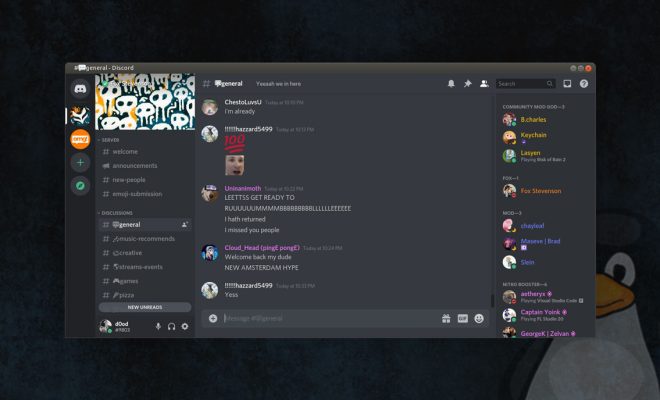Why E-Textbooks Haven’t Taken Over Schools

E-textbooks have not replaced paper books at schools. There are many reasons why e-textbooks are not taking off. Let’s look at a few of them.
Paper allows for more effective study
Even when they have bought an e-textbook, many students print it out so they can make notes and highlight important parts of the text while they are studying. An e-book is not interactive in this way. With a pen or pencil in hand, marking off or circling text and making notes, students feel that they are actually working and learning.
E-textbooks are expensive
This is surprising but true. Traditionally, schools bought textbooks and then used them for a couple of years for successive classes. But with e-textbooks, the school must buy a license, or “copy” every year. That’s expensive for schools. These kinds of decisions by publishers, plus the high cost of e-readers like the iPad and Kindle, make e-textbooks expensive. Also, when a student decides to rather rent an e-book, they can’t sell them back. How fair is that?
Students prefer paper books
We know that most people who didn’t grow up with technology, prefer curling up with a book, but so do the younger generations. Several studies over the last decade have found that students prefer to read books rather than screens. They like the tactile feel of the paper and express nostalgia for books that stems from being read to as a child.
Lack of sense of ownership
An interesting study has revealed that people perceive physical ownership and e-book ownership completely differently. The researchers looked at what constitutes so-called psychological ownership, which relates more to the perception of “what is mine” than legal ownership. They looked at how people value something that is not really there and found that an e-book is “… just a file on your computer or device in the cloud; it’s more of a concept than an actual thing”. With an e-book, people experience a lack of psychological ownership: buying an e-book feels more like renting than buying.
E-text is not absorbed as well as printed text
Reading text on a screen is not the same as reading a paper textbook. Studies have shown that the brain responds differently to digital and printed text. Researchers have found that students understand text better that they read in print, as reading on screens is interrupted by scrolling which affects comprehension. If you are reading something that is more than 500 words or longer than a page of the book or a screen, you’ll understand more if you read a printed version. This finding held true for students of all ages. In another study researchers found that students who read printed format also comprehended the material faster than students who were reading screens.
Reading a book is a different experience
Reading a book is a multi-sensory experience. Just think of the feel of a book when you open it for the first time. And that special smell and look of a brand-new book that has never been opened. The sound of turning a page. If you enjoy books, a screen is a bland, shiny thing in comparison.
All in all, both physical and digital books have their place, but they provide different benefits and we value them differently.





